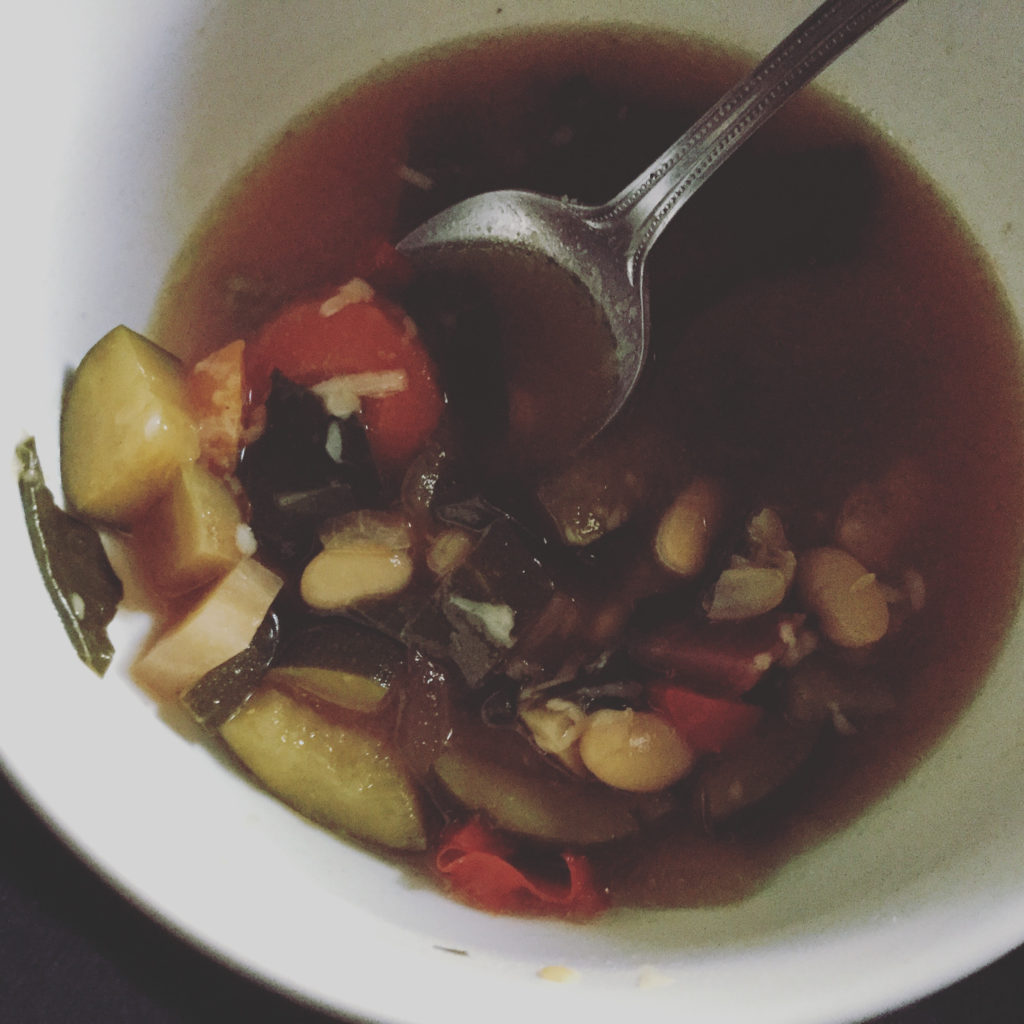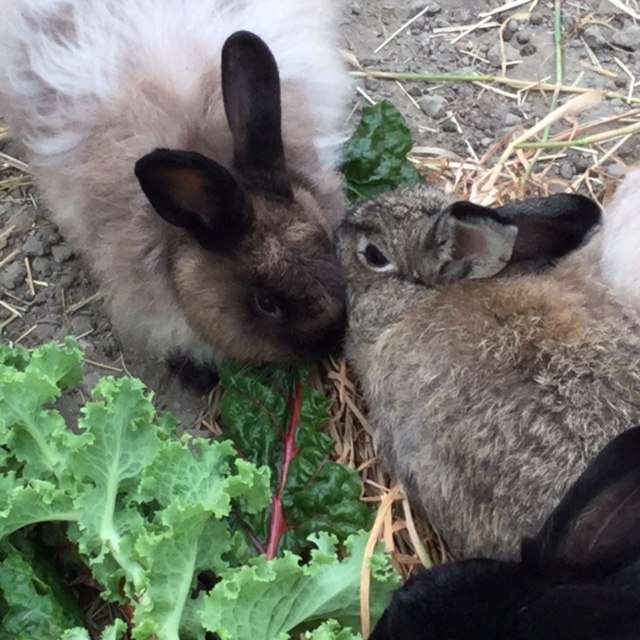Nettle (Urtica dioica)
Plant Family: Urticaceae. Native to Europe, Asia, Northern Africa, and western North America
Botany: Common perennial herb that grows to 8 feet. It is found on moist forest edges, meadows, and disturbed sites with rich soil. Hollow hairs on the leaves inject the skin with folic acid when brushed up against.
Parts used: All above-ground parts, seeds, and roots.
Collection: Collect in early to late spring in areas with snow and winter in temperate climates like coastal California. Harvest with gloves!
A Peek in my Garden…
Here in Huntington Beach, we have had some lovely gentle rain, and this is the time of year for nettles to pop up in my yard, along with marshmallow and chickweed. Interestingly, these three herbs are excellent for supporting sinuses and getting me through the cold season just as they popping up all over my garden. Marshmallow tea soothes throats, regulates and softens mucus, and is an all-around favorite if your nose is dry or drippy. Chickweed is a highly nutritious herb that helps support mucus and healing. I tend to puree it and freeze it in ice cubes for summer sunburns and bruises. It often goes into my salves as well. Finally, in our temperate climate, we have the winter queen sprouting here – Nettles.
Nettles are my go-to for building back as a trophorestorative. In pregnancy, nettle is a beautiful nutritive herb that supports iron levels and acts as a mild astringent and diuretic that tones tissues made lax by the high progesterone levels of pregnancy. Taking regularly in the third trimester can help with mild heartburn, sinus swelling, round ligament pain, and will prevent mild edema. Midwives have traditionally used a strong fresh nettle tea to staunch postpartum bleeding – in one study reducing anticipated blood loss by as much as 90%. I have anecdotally found that drinking nettle tea in the third trimester reduces blood loss at birth and normalizes lochia (normal bleeding after childbirth) more quickly. In postpartum, I love nettle tea for bringing on milk, taking off fluid retention, and building back blood. Nettle excels in that ephemeris herbal term – blood building. Nettles contain Vitamins A, C, E, F, K, P, zinc, potassium, iodine, sodium, selenium, and iron. One cup of nettles provides around 40% of daily iron needs – more than spinach. Nettle is rich in the B-complexes, including thiamin, riboflavin, niacin, and B-6. This herbal powerhouse deserves a spot in your pregnancy medicine chest.
One of nettle’s other strengths is as an anti-inflammatory and an antihistamine. Nettles work in two ways stabilizing mast cell response and helping the digestion of proteins. Many allergies are caused by proteins; for example, in newborns, it isn’t lactose that causes a milk allergy but the long-chain protein in whey. I have used nettle tea to slow and reverse a hive response especially brought on by a viral illness. Some folks swear by nettle tea for eczema and other weepy skin conditions.
Using Nettle for Healing
While nettles sting when fresh, the sting goes entirely away when cooked or dried for tea. To benefit the most from nettle’s nutrients, I like to add them to soups, scrambled eggs, and powdered into nettle salts to sprinkle on popcorn or use as a seasoning. As a tea, I add nettle to my neti pot with salt to relieve sinus congestion and drink it alone or in blends throughout the year. As a tea, nettle has a bright green flavor and a toasty undertone. It blends well with other nutritive herbs like red raspberry leaf, oat straw, alfalfa, chamomile, and mint. The jar turns the most vivid green when I make a fresh nettle tincture! I prefer tincture for issues like hives or allergies. Here is one of our favorite flexible family soup recipes that is easy to add nettle to. This soup takes advantage of seasonal vegetables and whatever is growing in my garden. My children love selecting the vegetables and eat this soup throughout the winter.


Soup puts the heart at ease, calms down the violence of hunger, eliminates the tension of the day, and awakens the appetitie.
Auguste Escoffier

Rainbow Nettles Soup
2 cups of mixed chopped veggies of your choice – zucchini, tomato, potato, bell pepper, green beans, yellow beet, turnip, or carrot are favorites over here.
1/3 yellow onion chopped
1-2 stalks of celery chopped fine
2-5 cloves of garlic minced
2 handfuls of greens coarsely chopped like kale, spinach, or chard
1 cup of coarsely chopped fresh nettles (use gloves when harvesting and chopping)
1 can of beans drained and rinsed – cannellini, kidney, or garbanzo work well
1 small can of crushed tomatoes (omit if you don’t like tomatoes!)
1 container of chicken, veggie, or beef stock or use two spoonfuls of better than bouillon to taste.
Directions: In a saucepan or soup pot, coat the bottom with an oil of your choice and brown the onions and garlic. Add your chopped mixed vegetables and celery and saute until starting to soften. Add your stock, tomatoes, and water, if needed to about 3/4 of your pot. Bring to a boil. Add your chopped greens and nettles and allow to cook down at a simmer. Finally, add your can of drained and rinsed beans and season your soup to taste. You can add salt, pepper, red pepper flakes, rosemary, thyme, or anything else that strikes your fancy. Cook until all vegetables are soft and serve with sliced bread and butter.

